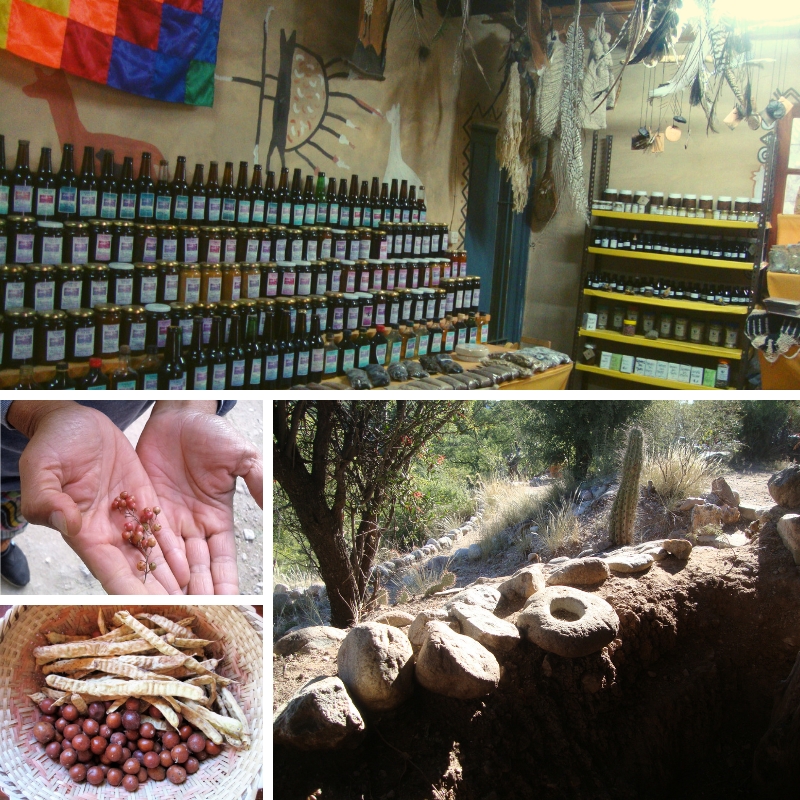Edible plants used by Comechingon communities from San Marcos Sierras (Córdoba, Argentina). A first approach
DOI:
https://doi.org/10.31055/1851.2372.v54.n2.24374Keywords:
Chaco serrano, Comechingón people, edible plants, ethnobiology, food sovereignty.Abstract
Background and aims: Since the 1990s in Argentina, a process of visibility and re-emergence of aboriginal groups that were believed extinct by official history has been developing. This is the case of Comechingon people in Córdoba province. Furthermore, it is known that gathering of wild food plants is an ancient practice that contributes to the subsistence of many indigenous communities of the country. Within the framework of Food Sovereignty and Ethnobiology, the aim of this paper was to carry out a first inquiry into the use of wild edible plants by residents self-identified as members of Comechingon people of San Marcos Sierras (Córdoba).
M&M: Semi-structured interviews and free listings were conducted to a representative from each of three Comechingon communities from this town. They were accompanied with the discussion of a photographic guide of species.
Results: Thirty-four wild ethnotaxa were recognized. They correspond to thirty-two botanical taxa. 85% was native species and the rest was exotic."Algarrobo trees" (Prosopis spp.) presented the greatest number of parts used and ways of consumption mentioned. Fruits were the most used vegetable parts, followed by flowers, leaves, cladodes, underground organs and resins. The last two, just like trees’ leaves, had not been previously reported for the region. Likewise, different ways of gathering, conservation and culinary products were mentioned.
Conclusions: Comechingon communities know and consume a wide variety of edible ethnotaxa of plants. We hope to contribute to the visibility of Comechingon culture and the consolidation of sovereign food systems.

Downloads
Published
Issue
Section
License
Provides immediate and free OPEN ACCESS to its content under the principle of making research freely available to the public, which fosters a greater exchange of global knowledge, allowing authors to maintain their copyright without restrictions.
Material published in Bol. Soc. Argent. Bot. is distributed under a Creative Commons Attribution-NonCommercial-ShareAlike 4.0 International license.




